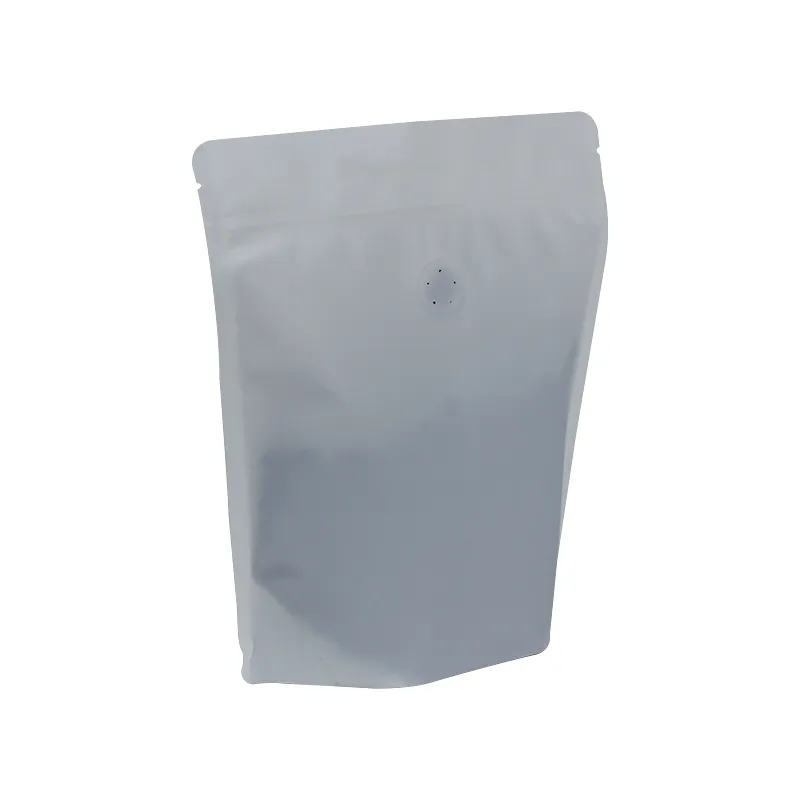- Afrikaans
- Albanian
- Amharic
- Arabic
- Armenian
- Azerbaijani
- Basque
- Belarusian
- Bengali
- Bosnian
- Bulgarian
- Catalan
- Cebuano
- chinese_simplified
- chinese_traditional
- Corsican
- Croatian
- Czech
- Danish
- Dutch
- English
- Esperanto
- Estonian
- Finnish
- French
- Frisian
- Galician
- Georgian
- German
- Greek
- Gujarati
- haitian_creole
- hausa
- hawaiian
- Hebrew
- Hindi
- Miao
- Hungarian
- Icelandic
- igbo
- Indonesian
- irish
- Italian
- Japanese
- Javanese
- Kannada
- kazakh
- Khmer
- Rwandese
- Korean
- Kurdish
- Kyrgyz
- Lao
- Latin
- Latvian
- Lithuanian
- Luxembourgish
- Macedonian
- Malgashi
- Malay
- Malayalam
- Maltese
- Maori
- Marathi
- Mongolian
- Myanmar
- Nepali
- Norwegian
- Norwegian
- Occitan
- Pashto
- Persian
- Polish
- Portuguese
- Punjabi
- Romanian
- Russian
- Samoan
- scottish-gaelic
- Serbian
- Sesotho
- Shona
- Sindhi
- Sinhala
- Slovak
- Slovenian
- Somali
- Spanish
- Sundanese
- Swahili
- Swedish
- Tagalog
- Tajik
- Tamil
- Tatar
- Telugu
- Thai
- Turkish
- Turkmen
- Ukrainian
- Urdu
- Uighur
- Uzbek
- Vietnamese
- Welsh
- Bantu
- Yiddish
- Yoruba
- Zulu
Exploring Innovative Packaging Solutions Using Biodegradable Cellulose Materials for Sustainability
The Role of Cellulose in Sustainable Packaging
In recent years, the focus on sustainable materials has become increasingly prominent due to global environmental challenges. One of the most promising materials in this quest is cellulose—a natural polymer derived from plants. Cellulose is not only abundant and renewable, but it also possesses numerous qualities that make it an excellent candidate for packaging solutions.
Understanding Cellulose
Cellulose is the primary structural component of plant cell walls and is the most abundant organic polymer on Earth. It is composed of long chains of glucose molecules, giving it the unique strength and stability properties that are beneficial for various applications. When processed into packaging materials, cellulose can take various forms, including films, coatings, and composite materials. Its natural origins provide a clear advantage in terms of environmental sustainability, as it is biodegradable and can be sourced from renewable materials.
Benefits of Cellulose Packaging
1. Biodegradability One of the main advantages of cellulose packaging is its ability to biodegrade. Unlike conventional plastics, which can take hundreds of years to decompose, cellulose can break down quickly in natural environments, reducing the pollution associated with traditional packaging materials. This property is crucial as society strives to mitigate plastic waste and its detrimental impact on ecosystems.
2. Barrier Properties Cellulose-based materials offer excellent barrier properties against gases and water, which is vital for food preservation. The use of cellulose in food packaging helps prolong shelf life while maintaining freshness, thereby reducing food waste. Furthermore, cellulose can be modified to enhance its barrier properties, making it suitable for various products, from dry goods to liquids.
3. Renewability Since cellulose is derived from plants, it is a renewable resource. The cultivation of plants for cellulose production can also have a lower carbon footprint compared to fossil fuel-based plastics. By utilizing sustainably harvested wood, agricultural residues, or other plant materials, the packaging industry can significantly reduce its dependence on non-renewable resources.
packaging cellulose

4. Versatility Cellulose is incredibly versatile and can be used in different forms. Cellulose films can be made transparent for visibility, while coatings can provide additional functionality such as moisture resistance or antimicrobial properties. This adaptability allows manufacturers to develop packaging solutions that meet a variety of consumer needs.
Challenges and Innovations
Despite its numerous advantages, the commercialization of cellulose-based packaging faces some challenges. The cost of production can be higher compared to conventional plastics, mainly due to the processing techniques required to transform cellulose into usable packaging materials. Moreover, ensuring the consistent quality and performance of cellulose-based products can be difficult, requiring ongoing research and development.
Innovations in processing technologies and the development of hybrid materials are essential to enhancing the feasibility of cellulose packaging. For example, combining cellulose with other biodegradable materials or incorporating advanced coatings can improve performance characteristics while maintaining sustainability.
Looking Ahead
The future of packaging is undeniably leaning towards sustainable solutions like cellulose. As consumer awareness regarding environmental issues continues to rise, demand for eco-friendly packaging alternatives increases. Businesses that invest in cellulose-based packaging can not only meet consumer demands but also contribute positively to environmental sustainability.
Governments worldwide are also promoting the use of biodegradable materials through regulations and incentives. This support can accelerate the adoption of cellulose-based packaging options in various sectors, including food service, retail, and e-commerce.
In conclusion, cellulose stands at the forefront of the sustainable packaging revolution. Its biodegradability, barrier properties, renewability, and versatility combine to create an exciting opportunity for the global packaging industry. As challenges are addressed through ongoing innovation, the use of cellulose in packaging may soon become a standard practice, leading to a more sustainable future for our planet.













